A Beginner’s Guide to Wine Tasting: How to Taste Wine Like a Pro
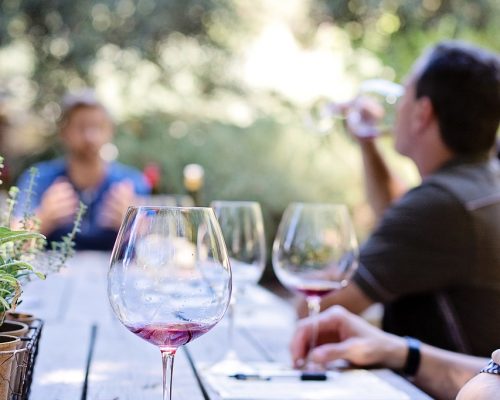
Wine tasting can seem a bit intimidating to newcomers, but with a little knowledge and practice, anyone can learn to appreciate the subtleties and pleasures of wine. This beginner’s guide will walk you through the steps of tasting wine like a pro, covering the basics of appearance, aroma, palate, and finish. By the end, you’ll be equipped with the skills to confidently assess and enjoy wines, whether at a tasting event or in the comfort of your home.
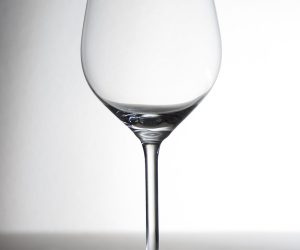
Step 1: Preparing for tasting
Before you start tasting, ensure you have the right setting and tools:
- Glassware: Use a clean, clear wine glass. The shape of the glass can enhance the wine’s aromas and flavours.
- Lighting: Taste in a well-lit room to accurately assess the wine’s colour.
- Environment: Choose a neutral setting free from strong odours and distractions. Avoid wearing strong perfumes or colognes.
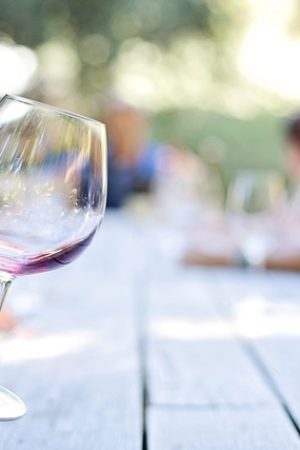
Step 2: Assessing the Appearance
Begin by examining the wine’s appearance:
- Colour: Tilt the glass against a white background to observe the wine’s colour and clarity. Wine colours can range from pale yellow to deep amber for whites, and from light ruby to dark purple for reds.
- Clarity: Check for any cloudiness or sediment, which can indicate age or winemaking techniques.
- Viscosity: Swirl the wine gently and observe the “legs” or “tears” that form on the inside of the glass. Higher viscosity usually suggests a higher alcohol content or sweetness. Although typically this isn’t taught traditionally in how to taste wine at conventional wine schools.
The colour and clarity of a wine can offer clues about its age and varietal. For example, a young white wine may appear pale yellow, while an older white might take on a deeper, golden hue. Similarly, a young red wine often shows vibrant purples, whereas an aged red could appear more garnet or brick-coloured.
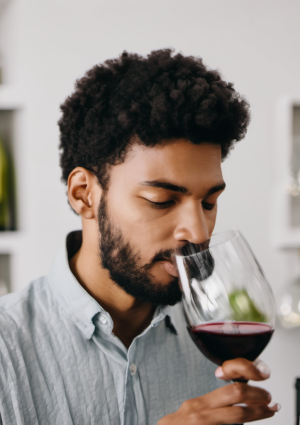
Step 3: Smelling the Wine
Next, move on to the wine’s aromas:
- Initial Sniff: Take a quick sniff to get a first impression of the wine’s bouquet.
- Swirl and Sniff Again: Swirl the wine to release more aromatic compounds, then take a deeper sniff. Swirling increases the surface area of the wine, allowing more aroma molecules to escape.
- Identify Aromas: Try to identify different aromas. Wines can have a wide range of scents, including fruit (citrus, berries, tropical fruits), floral (rose, violet), spice (pepper, cinnamon), and earthy (mushroom, leather). Don’t worry if you can’t identify everything right away; it takes practice.
Breaking down the aromas into primary (fruit), secondary (fermentation), and tertiary (ageing) can help you understand the wine’s profile better. For instance, a Chardonnay might present primary aromas of green apple and chalk, secondary aromas of butter (if undergoing malolactic fermentation – MLF), and possibly tertiary aromas of honey and toast with age.
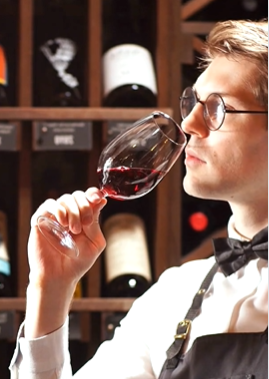
Step 4: Tasting the Wine
Now for the most important part—tasting the wine:
- Initial Sip: Take a small sip and let the wine move around your mouth. Focus on the primary flavours and the wine’s texture.
- Taste Elements: Assess the wine’s sweetness, acidity, tannin, alcohol, and body. Sweetness is detected at the tip of your tongue, while acidity makes your mouth water. Tannins create a drying sensation, particularly in red wines. The alcohol level can be sensed by the warmth in your throat.
- Flavours: Identify the flavours, noting any similarities to the aromas you detected. Wine flavours often include fruit, spice, herb, and earthy notes.
- Finish: Consider the length and quality of the wine’s finish—the aftertaste that lingers in your mouth. A long, pleasant finish is often a sign of a good quality wine.
Focus on the balance between these elements. For example, in a well-balanced off-dry Riesling, the sweetness should complement the acidity, creating a refreshing and harmonious taste.

Step 5: Reflecting on the Wine
After tasting, take a moment to reflect on your overall impression:
- Balance: Consider how well the wine’s components (sweetness, acidity, tannins, alcohol) are balanced. A well-balanced wine is harmonious and pleasant to drink.
- Complexity: Evaluate the complexity of the wine. Complex wines offer multiple layers of aromas and flavours that evolve over time.
- Personal Preference: Ultimately, the best wine is the one you enjoy the most. Reflect on your personal preferences and how this wine aligns with them.
Discussing the wine with others can also enhance your understanding. Everyone’s palate is unique, and hearing others’ impressions can provide new insights and help you identify different characteristics.
Tips for Developing Your Palate
- Taste Regularly: The more wines you taste, the better your palate will become. Try to taste a wide variety of wines from different regions and styles.
- Take Notes: Keep a tasting journal to record your impressions. This can help you track your preferences and improve your tasting skills.
- Attend Tastings: Participate in wine tastings and workshops to learn from experts and engage with other wine enthusiasts.
- Pair with Food: Experiment with food and wine pairings to see how different foods can enhance or alter the wine’s flavours.
Common Wine Faults
While most wines you’ll encounter will be sound, it’s helpful to recognise common wine faults:
- Cork Taint (TCA): A musty, damp cardboard smell indicating a contaminated cork.
- Oxidation: A lack of freshness and browning in the wine, often from too much exposure to air.
- Volatile Acidity: A smell of vinegar or nail polish remover, usually from excessive acetic acid.
Conclusion
Wine tasting is both an art and a science, blending sensory evaluation with personal enjoyment. By following these steps and practising regularly, you’ll develop a deeper appreciation for the complexities of wine and gain the confidence to taste like a pro. Whether you’re a novice or an aspiring connoisseur, the journey of wine tasting is a rewarding and enjoyable experience.
So, grab a glass, pour some wine, and start your tasting adventure today! Cheers!
